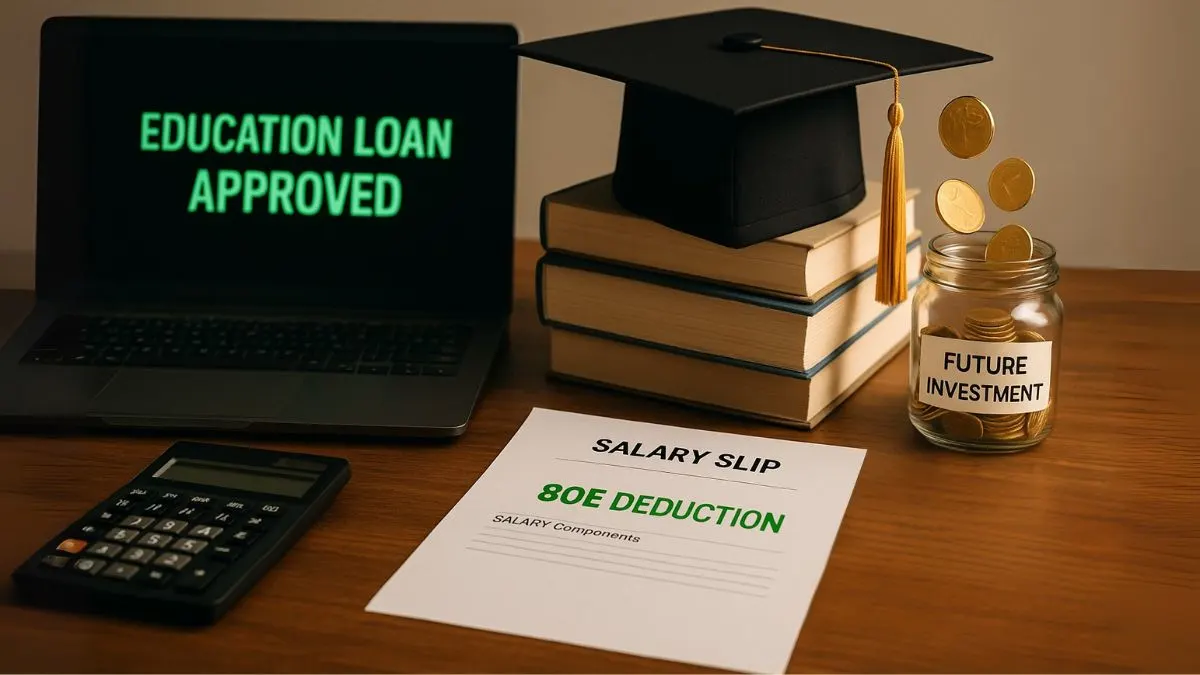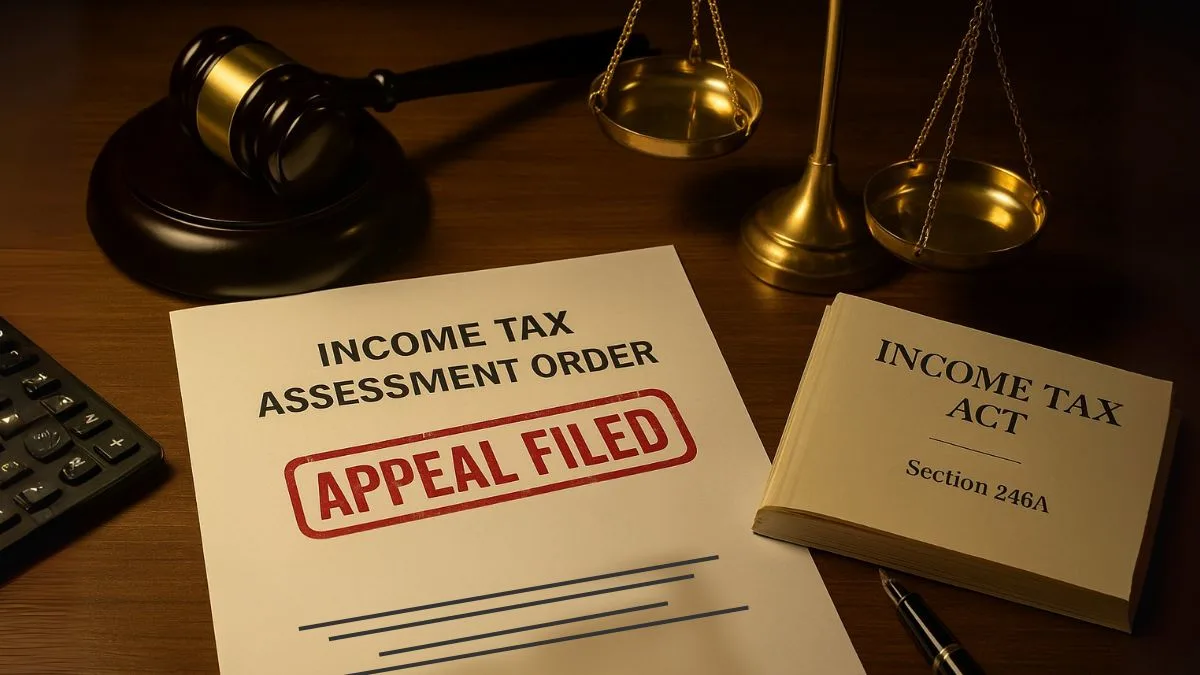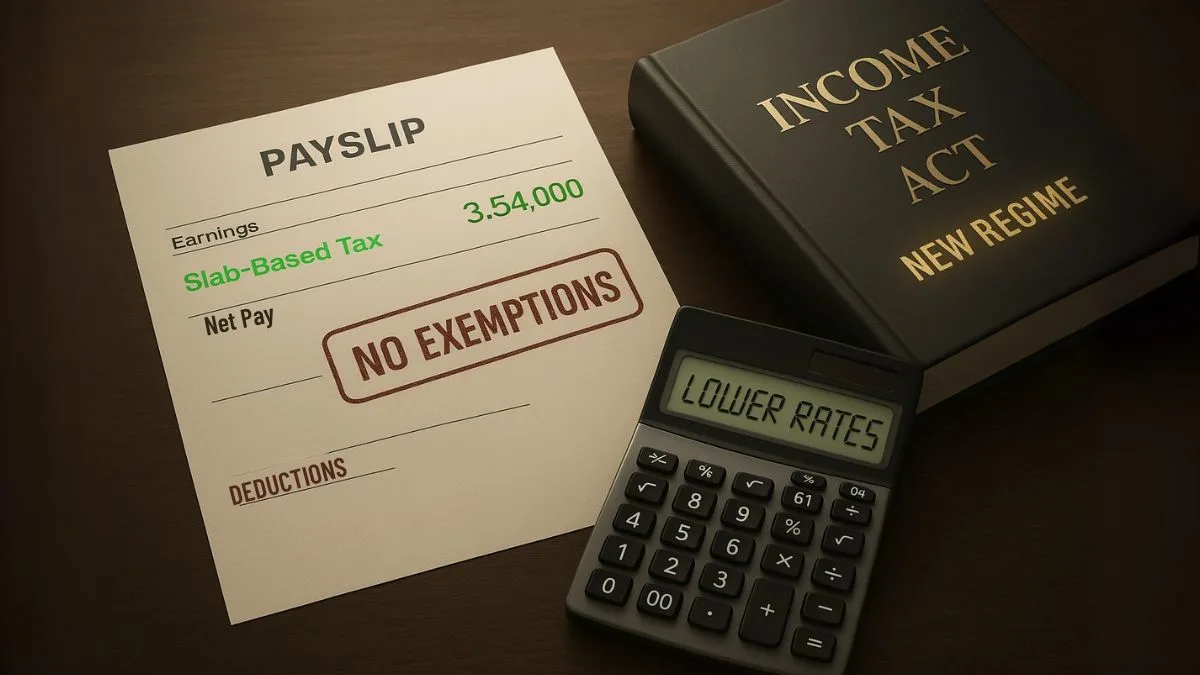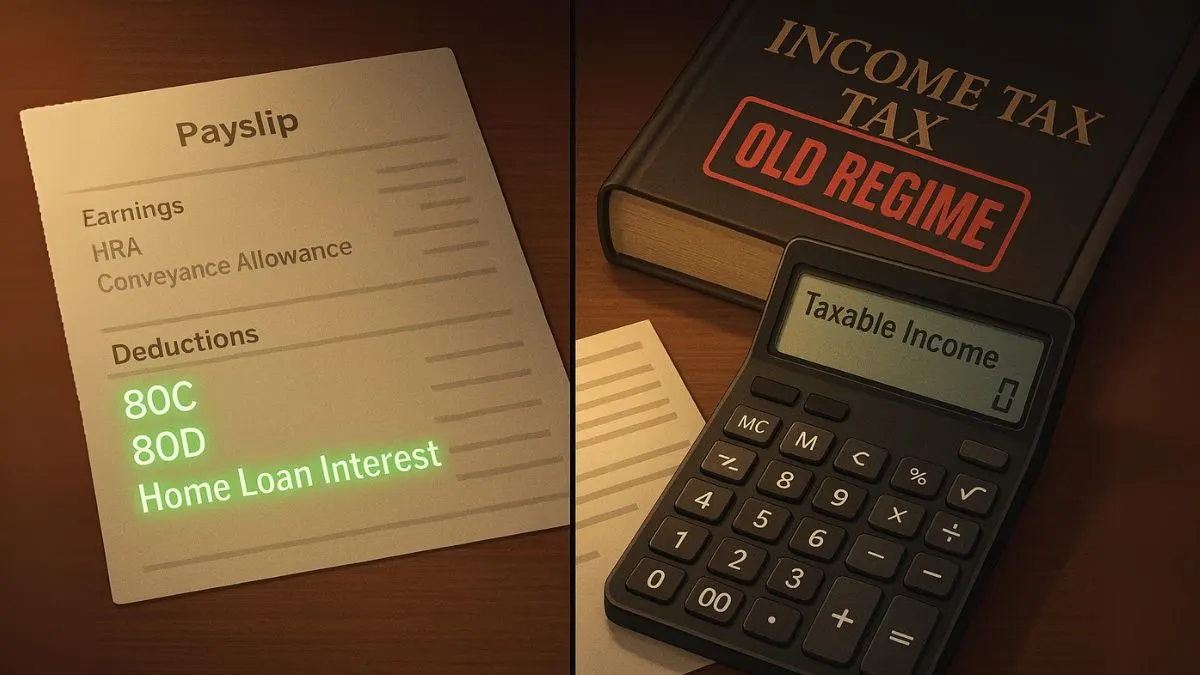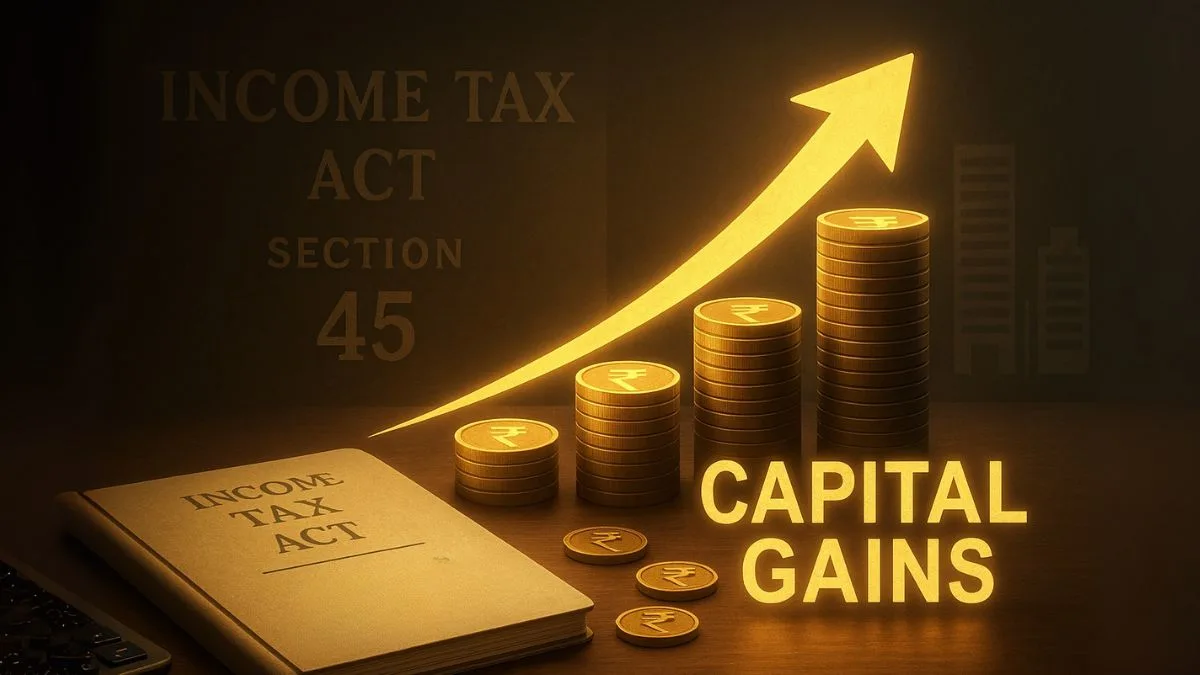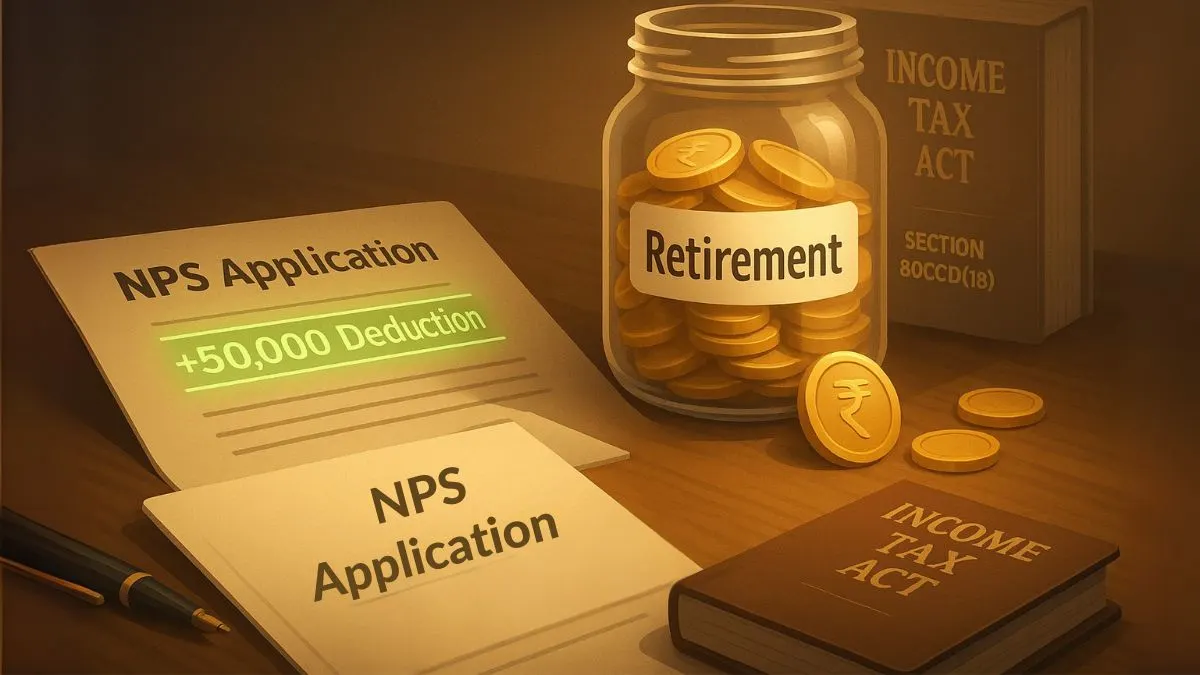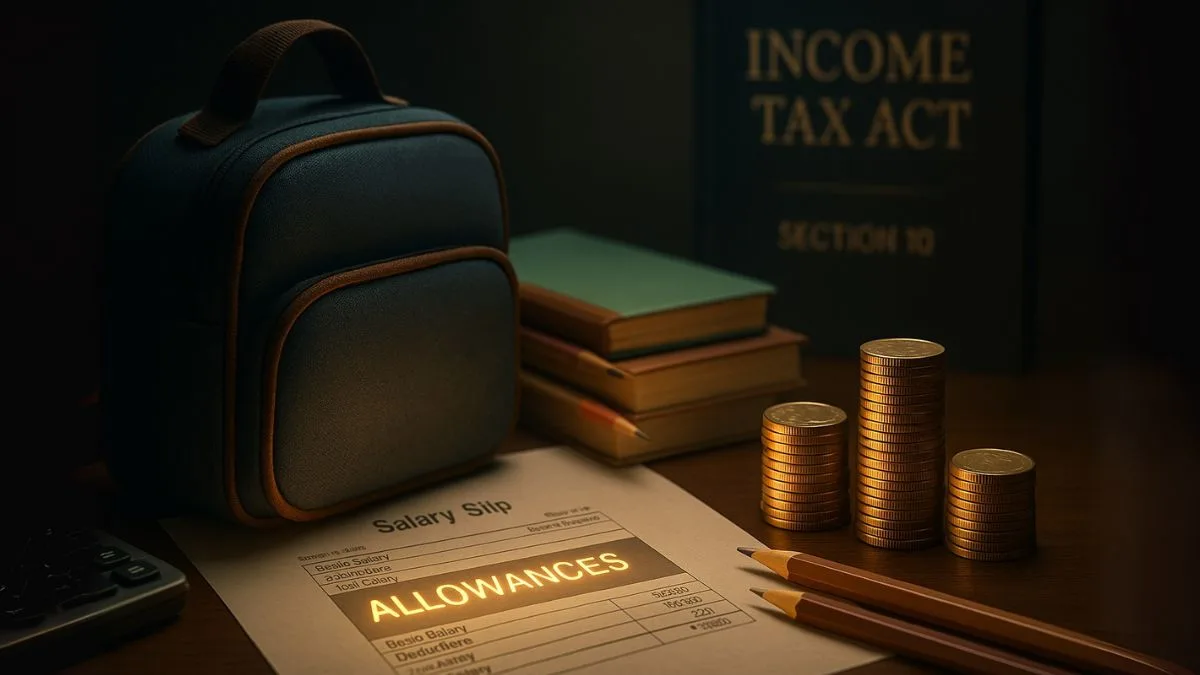
Education is one of the biggest responsibilities for parents, and with rising school fees, uniforms, and hostel charges, managing expenses can be overwhelming. To reduce this burden, the Government of India introduced the Children Education Allowance (CEA) scheme. It is a tax-free allowance given to eligible employees to help cover part of their children’s schooling and hostel expenses.
For government employees, this allowance acts as an important relief, ensuring that education does not become a financial strain. With periodic revisions, the scheme has adapted to inflation, making it more relevant in today’s times.
What is Children Education Allowance?
The Children Education Allowance is a benefit provided primarily to central government employees, though many state governments and public-sector organizations follow similar rules. It is granted to help employees manage the costs of educating their children.
The allowance covers up to two children per employee. It is structured as:
- At Rs. 100 each month for each child as the base allowance (as per earlier rules).
- A hostel subsidy that provides higher relief for children studying in hostels."
This initiative acknowledges that education is a priority and ensures that financial support is available to parents.
Current Rates and Revisions
Over time, the government has revised the amount payable under the scheme to reflect the rising cost of education. The most recent revision in the limits of Children Education Allowance has increased the subsidy amounts significantly.
Currently, the allowance stands at INR 2,250 each month for a child going to regular school. This amount is provided as reimbursement upon submission of proper receipts or certificates from the school.
The hostel subsidy, meant for students who stay in hostels, is higher, ensuring that children pursuing education away from home get sufficient financial support.
Also Read: A Salary Perk That Doubles as a Tax Shield
Eligibility Criteria
To claim the Children Education Allowance, the following conditions generally apply:
- The employee must be working in a government department, PSU, or eligible organization.
- The benefit is restricted to a maximum of two children.
- Valid receipts, school certificates, or hostel fee proofs must be submitted.
- The child must be studying in a recognized school.
By setting clear eligibility rules, the government ensures that the allowance is targeted and used for genuine educational expenses."
How It Works: Fixed Allowance and Hostel Subsidy
The scheme has two key components:
- Fixed Monthly Allowance – For children studying in day schools, parents receive a set monthly reimbursement to cover tuition and other educational expenses. As per revisions, this is now INR 2,250 per child.
- Hostel Subsidy – For children staying in hostels, employees can claim higher reimbursements to cover boarding and lodging costs.
Thus, the allowance is designed to adapt to different situations and levels of education.
Example to Understand Better
Suppose Mr. Singh, a central government employee, has two children—one in a day school and another studying in a hostel.
- For the child in day school, he can claim INR 2,250 each month.
- For the child in the hostel, he is eligible for a higher subsidy, subject to rules.
This way, the Children Education Allowance significantly reduces his monthly out-of-pocket expense on education.
Also Read: Claim Rent Deduction Even If You Do Not Get HRA
Importance of Children Education Allowance
This scheme has multiple benefits:
- Financial Relief – Helps employees manage school fees, uniforms, and hostel costs.
- Encouragement of Education – Promotes higher literacy and school enrollment.
- Employee Welfare – Acts as a motivation and support system for government staff.
By providing a benefit for government employees, offering a fixed monthly amount and a hostel subsidy to cover educational expenses, the allowance creates a long-term impact.
Tax Benefits of CEA
One of the biggest advantages of the Children Education Allowance is its tax-free nature. The amount reimbursed under the scheme does not form part of taxable income, thereby saving tax for employees.
While the exemption is limited to specified amounts, it still provides significant relief. Parents can plan their finances better by combining this with other deductions like Section 80C for tuition fees.
Challenges and Limitations
Despite its benefits, there are some limitations to be aware of:
- The benefit is available only for up to two children.
- Private-sector employees may not always get similar support unless their company adopts the scheme."
- The actual school fees in private institutions often exceed the allowance, so parents may still bear additional costs.
Nonetheless, the scheme is a valuable support system, especially for government employees.
Revision and Inflation Impact
Over the years, the government has updated the scheme to match rising education costs. The latest revision in the limits of Children Education Allowance reflects a practical step toward supporting families better.
Earlier, the allowance was minimal (at Rs. 100 each month for each child), but the revised structure offering INR 2,250 each month for a child going to regular school shows the government’s commitment to making the scheme more meaningful.
Final Thoughts
The Children Education Allowance is not just a financial scheme—it’s a social measure aimed at supporting families in their effort to educate their children. From providing a benefit for government employees to offering fixed monthly support and hostel subsidy, it ensures that rising costs do not discourage parents from investing in education.
With the revision in the limits of Children Education Allowance, the scheme has become more impactful, providing INR 2,250 each month for a child going to regular school and additional hostel support.
✅ Want to maximize your tax benefits and claim allowances like Children Education Allowance without errors? Visit Callmyca.com and let our experts guide you step by step so you can save more while staying compliant.




